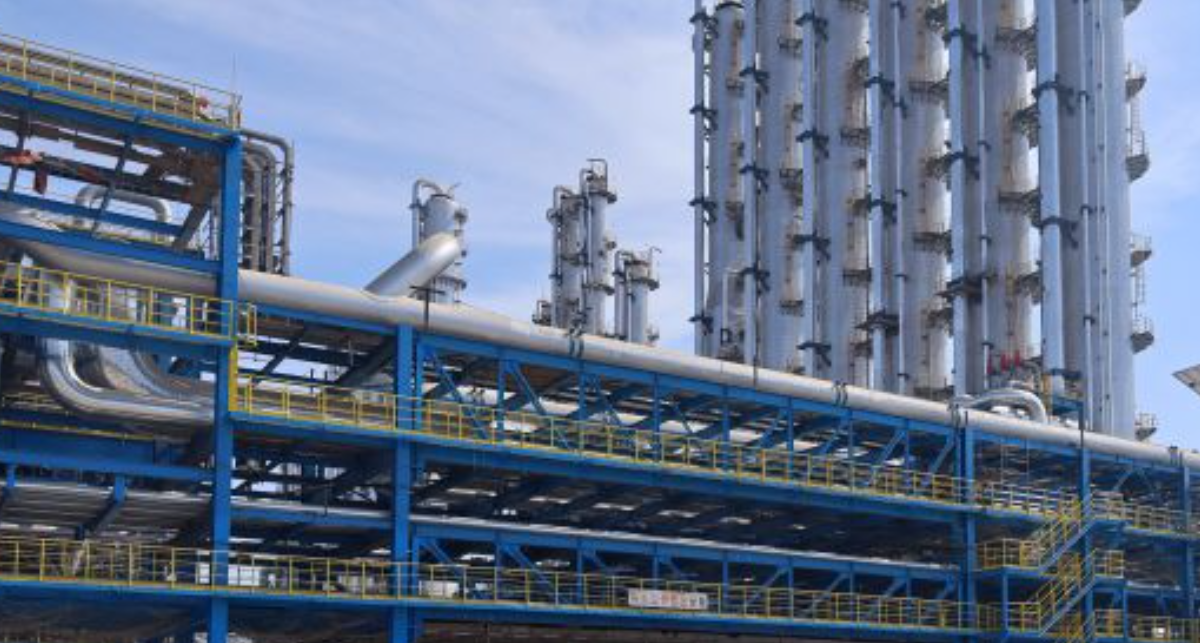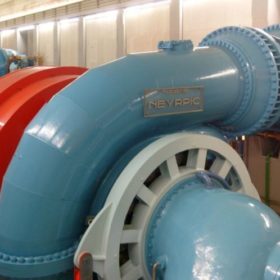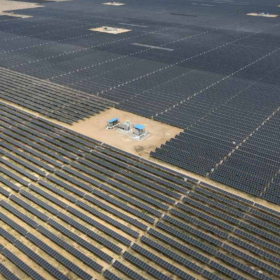The global urgency to combat climate change has placed renewable energy at the forefront of sustainable development. With the advent of technological advancements, supportive policies, and increasing environmental awareness, renewable energy is experiencing unprecedented growth, which is critical for reducing carbon emissions and transitioning to a sustainable energy future.
Between 2022 and 2027, the International Energy Agency (IEA) forecasts a 75% increase in clean energy sources, adding nearly 2400 GW. According to the European Technology and Innovation Platform, renewable energy is expected to dominate by 2050, providing 85% of electricity.
However, this transition is fraught with challenges that require well-crafted strategies to overcome. Addressing these challenges demands stable government policies, adaptable technological solutions, diversified investments, robust financial planning, and active community engagement. Effective strategies in these areas are crucial for achieving long-term success in the renewable energy sector.
One major challenge is shifting regulations. Political changes can disrupt crucial government policies and incentives for renewable energy projects. Governments set the framework for investments through subsidies, tax incentives, and supportive legislation. However, changes in political leadership or economic priorities can lead to abrupt policy shifts, creating uncertainty for investors. Smart investors monitor these shifts, advocate for stable policies, and spread investments across regions and technologies to mitigate risks. Engaging in policy advocacy and working with governments to create long-term, stable policies can provide a more predictable investment environment.
Technological progress in renewables brings both promise and threat. The rapid pace of innovation can quickly render today’s technology outdated. Future-proofing investments require scalable and upgradable systems. Modular designs enable easy expansion and integration of new technologies, ensuring project viability. For example, advancements in battery storage can enhance solar and wind efficiency by providing reliable energy storage. Investing in research, staying updated on trends, and adopting flexible designs are essential for maintaining competitiveness in this fast-evolving sector.
Wild market swings can derail renewable energy project finances. These projects are vulnerable to fluctuations in energy prices and demand, which can disrupt revenue streams. Building a diverse portfolio across solar, wind, and hydroelectric sources helps manage market volatility risks. Long-term power purchase agreements (PPAs) with reliable buyers ensure stable income and financial stability. PPAs offer fixed prices for generated electricity, providing predictable revenue. Additionally, leveraging financial instruments like hedging can protect against price fluctuations and stabilize returns.
A solid financial foundation underpins every successful renewable venture. Blending equity, debt, and grants creates resilient capital structures. Equity investments provide long-term capital, while debt financing offers leverage to scale projects. Grants and subsidies from governments and international organizations can also significantly reduce upfront costs and improve project feasibility. Thorough financial planning, including stress tests, prepares projects for economic storms. Strong ties to financial institutions ensure access to capital when needed.
Environmental and community factors are crucial for the longevity and local acceptance of renewable energy projects. These projects can have significant environmental and social impacts, which makes early environmental impact assessments vital for identifying potential issues and implementing proactive measures. By engaging communities from the outset, developers can build support and uncover valuable insights that foster local job creation and benefit-sharing programs. Addressing community concerns through open dialogue further strengthens these relationships. Projects that prioritize community engagement and address environmental impacts from the beginning are more likely to gain local acceptance and support, ensuring their long-term success and sustainability.
The World Bank Group highlights the significant potential of targeted investments in renewable energy. Their research shows that allocating just 1.4% of GDP annually could reduce emissions in developing nations by up to 70% by 2050 while also boosting climate resilience. This underscores the dual benefits of renewable energy: addressing climate change and enhancing adaptive capacity. Such investments not only reduce greenhouse gas emissions but also build resilience against climate impacts, contributing to the overall development and stability of communities, particularly in vulnerable regions.
Long-term success in the renewable energy sector demands a comprehensive approach to risk management, which includes continuous monitoring and assessment of evolving risks. This approach must be paired with the ability to make swift strategy adjustments, ensuring that projects remain viable and resilient. Effective risk mitigation not only safeguards projects but also contributes significantly to a sustainable energy future. This comprehensive approach involves identifying potential risks early on, developing detailed contingency plans, and regularly reviewing and updating risk management strategies. By incorporating advanced data analytics and predictive modeling, companies can enhance their risk assessment capabilities, enabling proactive measures that anticipate and mitigate potential issues before they arise.
In 2022, approximately $7 trillion was spent subsidizing the fossil fuel industry through direct subsidies, tax breaks, and unpriced health and environmental damages. By contrast, about $4.5 trillion annually needs to be invested in renewable energy until 2030 to achieve net-zero emissions by 2050. This investment includes spending on technology and infrastructure. Although the initial cost is high for many countries with limited resources, investments in renewable energy will pay off by potentially saving up to $4.2 trillion annually in reduced pollution and climate impacts. Redirecting subsidies from fossil fuels to renewables can accelerate the transition and yield significant economic and environmental benefits.
Transitioning to a renewable-powered world is challenging, but with careful planning and proactive risk management, obstacles can be overcome. As the sector matures, those who effectively navigate these complexities will lead the charge toward cleaner, more resilient energy systems. The potential financial and environmental rewards make this journey worthwhile. We can pave the way for a sustainable and prosperous future by embracing innovative strategies and fostering collaboration. The collective effort of governments, investors, developers, and communities is essential to realizing the full potential of renewable energy and addressing the global climate crisis.
The views and opinions expressed in this article are the author’s own, and do not necessarily reflect those held by pv magazine.
This content is protected by copyright and may not be reused. If you want to cooperate with us and would like to reuse some of our content, please contact: editors@pv-magazine.com.








By submitting this form you agree to pv magazine using your data for the purposes of publishing your comment.
Your personal data will only be disclosed or otherwise transmitted to third parties for the purposes of spam filtering or if this is necessary for technical maintenance of the website. Any other transfer to third parties will not take place unless this is justified on the basis of applicable data protection regulations or if pv magazine is legally obliged to do so.
You may revoke this consent at any time with effect for the future, in which case your personal data will be deleted immediately. Otherwise, your data will be deleted if pv magazine has processed your request or the purpose of data storage is fulfilled.
Further information on data privacy can be found in our Data Protection Policy.